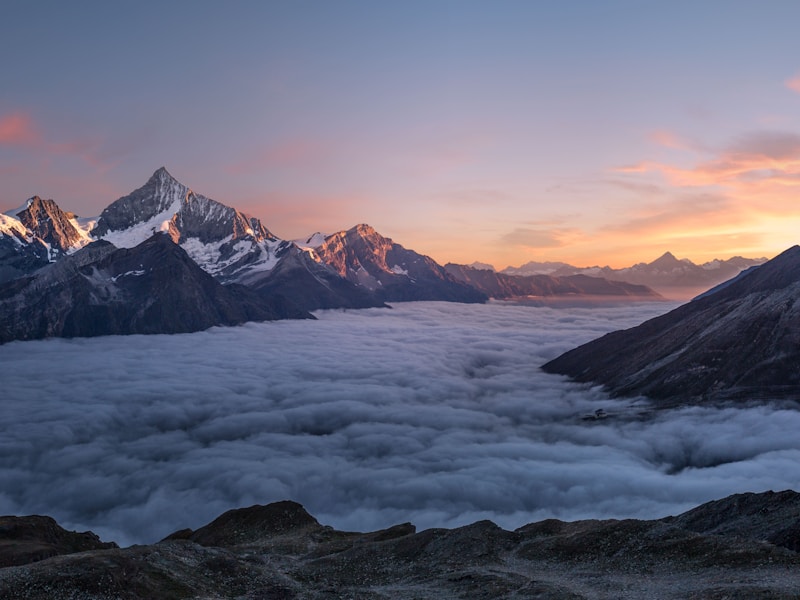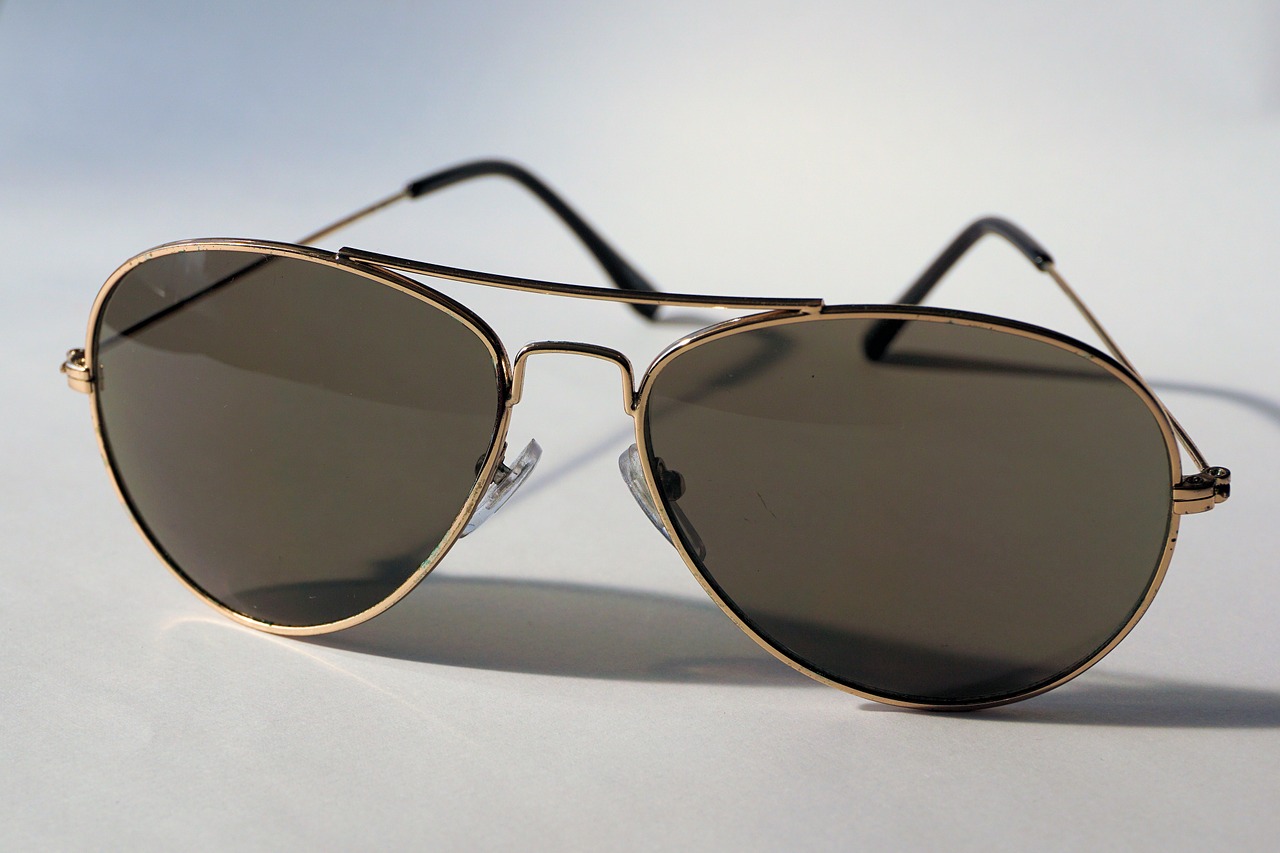Untitled Blog Post
No description available.

Trekking in the high altitude terrains of the Himalaya is attractive and enjoyable but while venturing out here, you unknowingly expose yourself to the high-intensity UV rays. Apart from this, the reflection of light from the various surrounding shiny objects can be harmful to your eyes which can cause headache and dizziness. Extended exposure to the high-intensity UV rays damages the retina as the UV rays are very harmful to human eyes. The snow and glacier further maximizes the effect of UV rays thereby making it mandatory to take precautions to keep away from Snow Blindness

Due to continuous exposure to UV rays, snow blindness normally occurs and this is a temporary inflammation of the cornea of your eyes which causes temporary blindness and can lead to permanent blindness if not taken care of properly. Like our skin, our eyes are prone to sunburns and the sunburn of the eye (also called snow blindness) is termed as photokeratitis. When you are exposed to excessive ultraviolet rays, this condition occurs. Your eye?s cornea can be damaged due to too much UV exposure which initially starts with a burning, gritty sensation in the eyes resulting in temporary blindness. Polarized sunglasses are very efficient at reflecting UV rays. When you trek in the snow, your eyes will get protection against constant bombardment by these UV rays, putting you in a safe zone away from the high risk of snow blindness.
What should be kept in mind while purchasing your Sunglass for the High Altitudes
MATERIAL, TOUGHNESS, AND DURABILITY OF YOUR LENS:Sunglass is made out of various materials of which we would discuss the 2 most preferred ones for a Himalayan Outdoor Venture - Polycarbonate and NXT lenses
Polycarbonate lenses are thermoplastics and its not important to know how it is made. Melting thermoplastic pellets are used and then injecting them into a lens mold, which is compressed under high pressure and then cooled down. This will result in a strong, highly impact-resistant optical lens. In comparison with CR 39 lenses, the optical distortions of these lenses are higher but this is within the limits. These lenses are incredibly thin, soft, lightweight, and blocks 100% UV rays. To increase the durability, it requires a scratch-resistant coating, which makes it hard and flexible as glass. For safety products and outdoor sports, these lenses are widely used.

NXT/ Trivex Lenses: These lenses are originally meant for the bulletproof glass of the US Apache helicopter and are created for the USA military applications. A high-quality urethane-based monomer is used in this technology which is molded into the lens. The best optical clarity and the best resistance are guaranteed with these lenses type. In fact, these lenses offer a package of all the good quality lenses like glass, CR 39 and polycarbonates.
Comparatively, Trivex NXT lens is costly, but due to its optical clarity and lightweight proves that it is the better option. But as far as the hiking requirements are concerned, polycarbonates are equally a better option. For the activities like trekking, mountaineering, and skiing, the UV blocking quality is the same and impact resistance of both is acceptable.
An anti-scratch layer is needed as a coating to ensure durability both these lens need to be.
A high-altitude snow lens has a category four rating which is the key thing to look for in?means it will block approximately 90% of visible light. You can try the lens categories measuring the level of darkness, starting from zero which is totally clear and four is the darkest you can buy. Mostly everyday-use sunglasses are categorized by three, which block approximately 81-87% of visible light. This is a great option for driving and walking around on a sunny day, but you have to choose category four lenses when you are facing the brightness of snow and ice all day at altitude.

You should buy the type of category four lenses depending on a few factors, one being eye color. According to Yardley, someone with blue eyes is generally more sensitive to light than someone with brown eyes. Julbo's Spectron Four lens is their darkest, and it is your best choice if your eyes are really light-sensitive. The anti-reflective coating inside the lens of Spectron Fours prevents sneaking of any light. These lenses are not polarized, but according to Yardley polarization is not always ideal for high- altitude winter activities. Basically, Polarization removes glare from surfaces, which is great for a fisherman, but it produces difficulty to differentiate snow from ice.
Julbo's Camel transition lenses are an excellent choice if you are looking for something more versatile and polarized. Ranging from a category of two to a category four lens depending on conditions, the lenses approximately blocks 78%-93% of visible light. Julbo lenses are great for much other everyday uses but they are not recommended for driving.
Frame choice should be based on two main factors, activity, and you look like a character from a Mad Max movie. Explorers could care less about what they look like on a mountain by wearing sunglasses, but they mostly care about their look on a crowded street or while traveling in a car. Yardley suggests the Monterosa ($90-$190) for women and the MonteBianco ($90-$190) for men for its slightly less rugged-looking frame. Due to their lightweight, they are easy to wear with or without a helmet. You can visit the website to check the Trek ($120-$200) frames for more crossover usage. It is said that users love them as a mountain-biking and ultra-running frame, and most significantly, they prefer using them for high-altitude climbing and snow sports.
Choosing the right pair of sunglasses will make a difference for a comfortable hiking experience as sunglasses may be a hiking gear afterthought.
I think we can all agree that it is important to protect our eyes as they are one of the most fragile parts of your body and need special care.
Due to the hefty prices of sunglasses, it can deter you from investing in reliable hiking sunglasses, but in the end, you will see that it?s worth it.
Related Treks & Activities

Hampta Pass Trek
Hampta Pass Trek 2025 - Chandratal Lake Trek | Moxtain

Dayara Bugyal Trek
Dayara Bugyal Trek 2025 - 6 Days Trek | Moxtain


